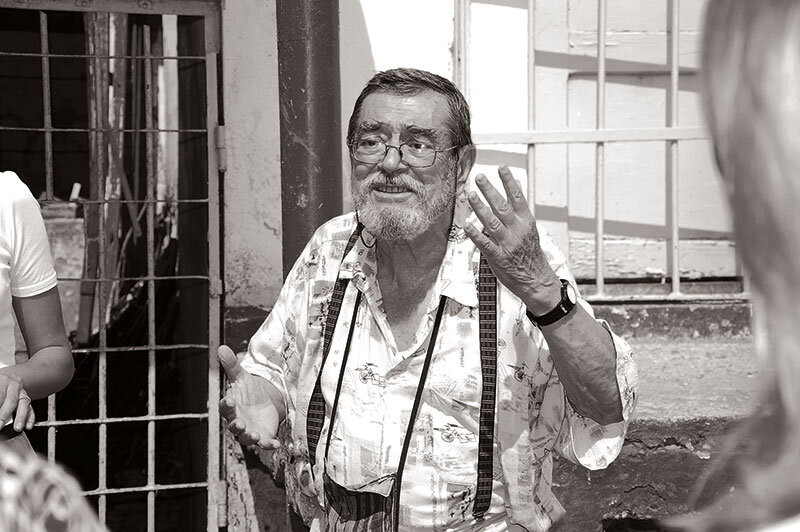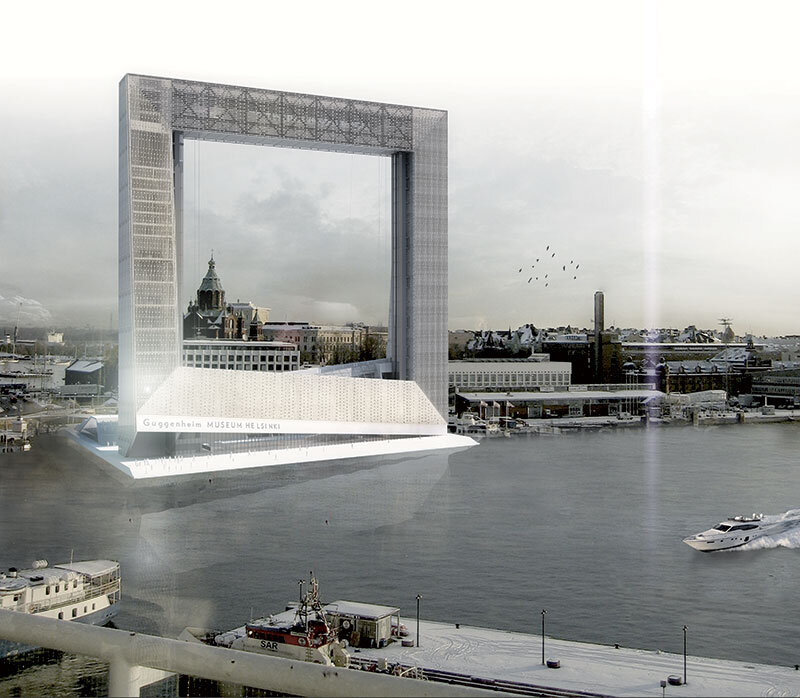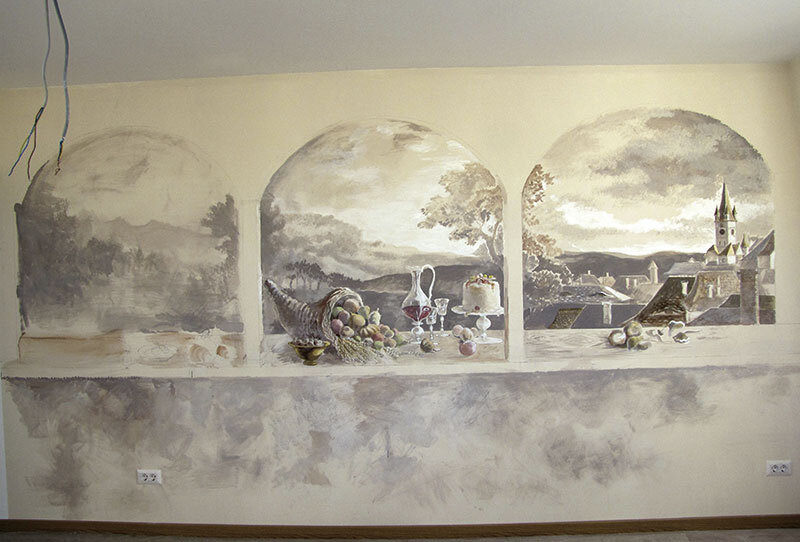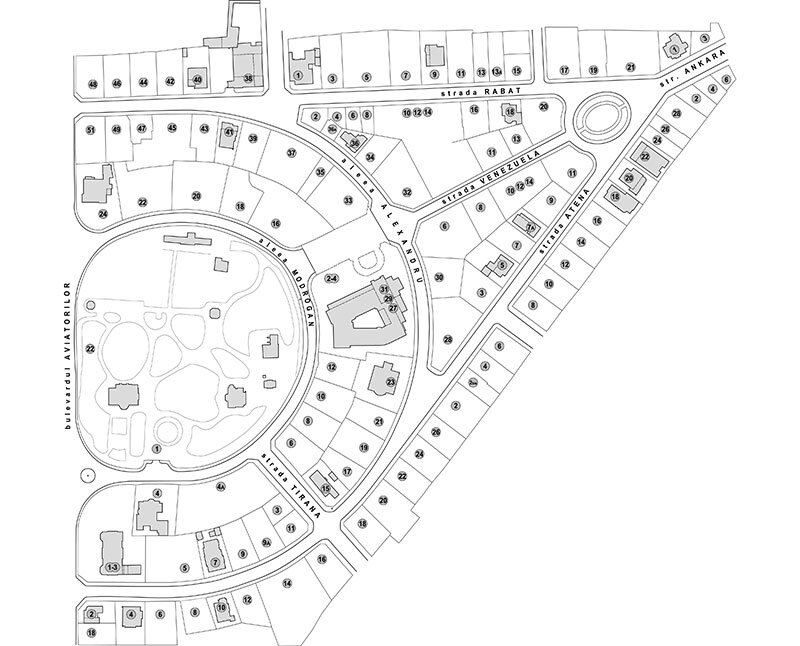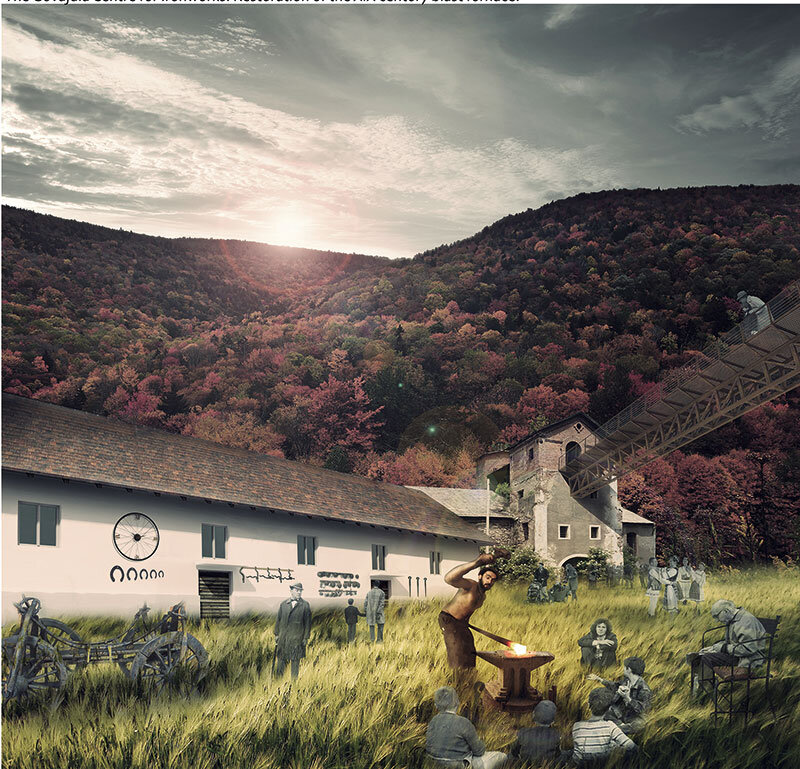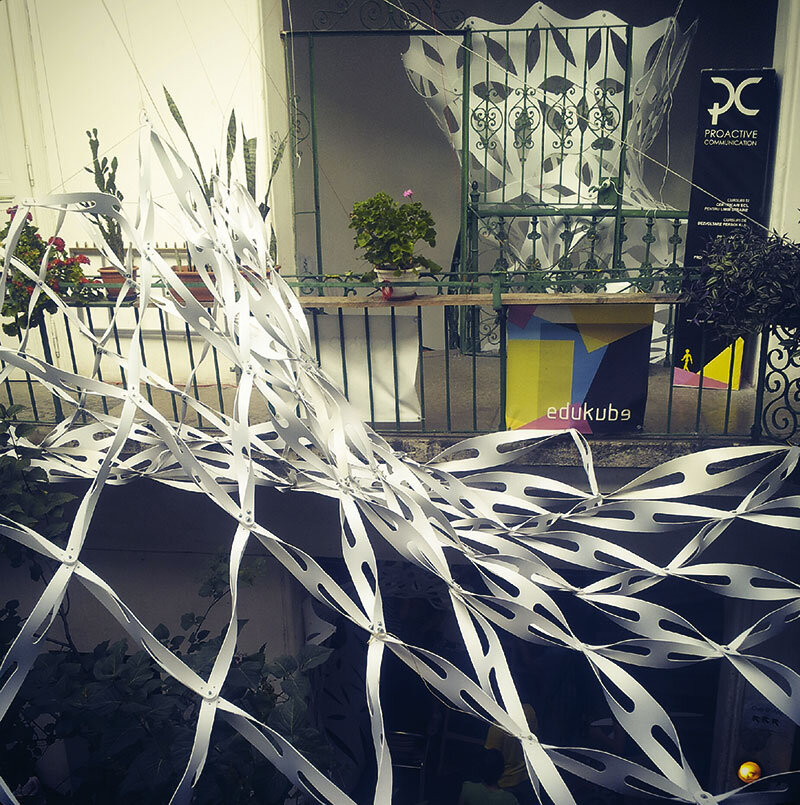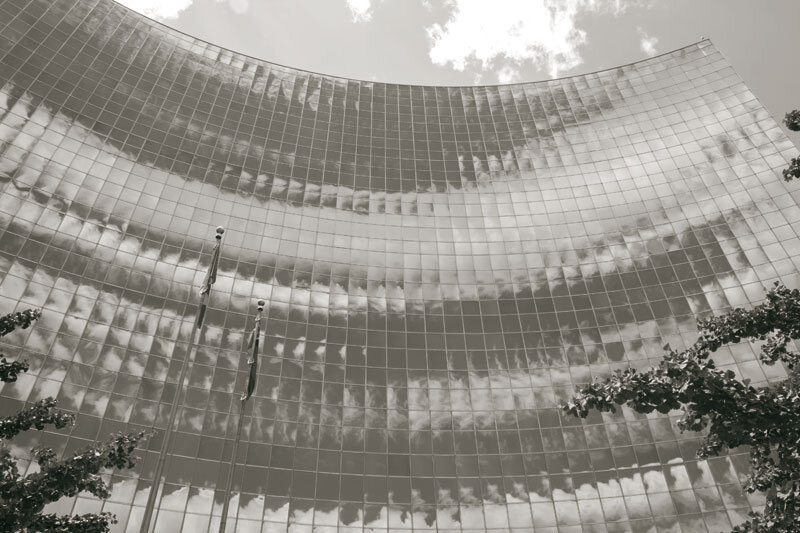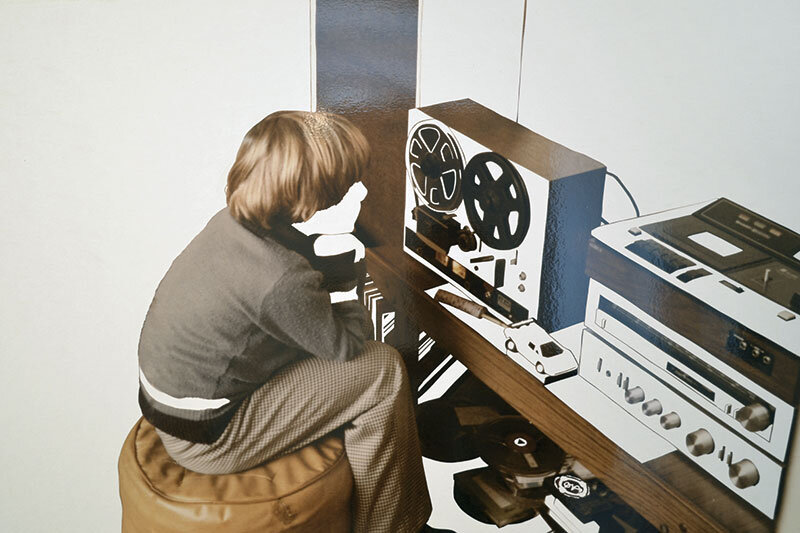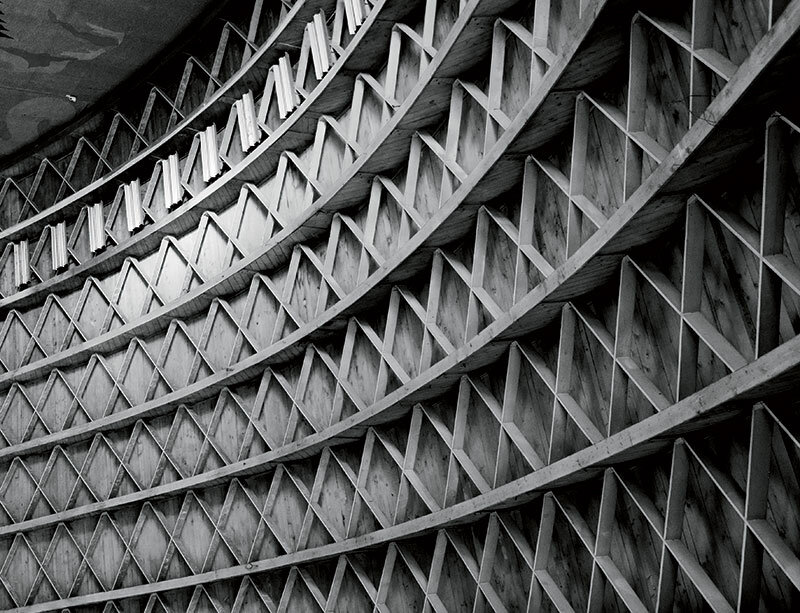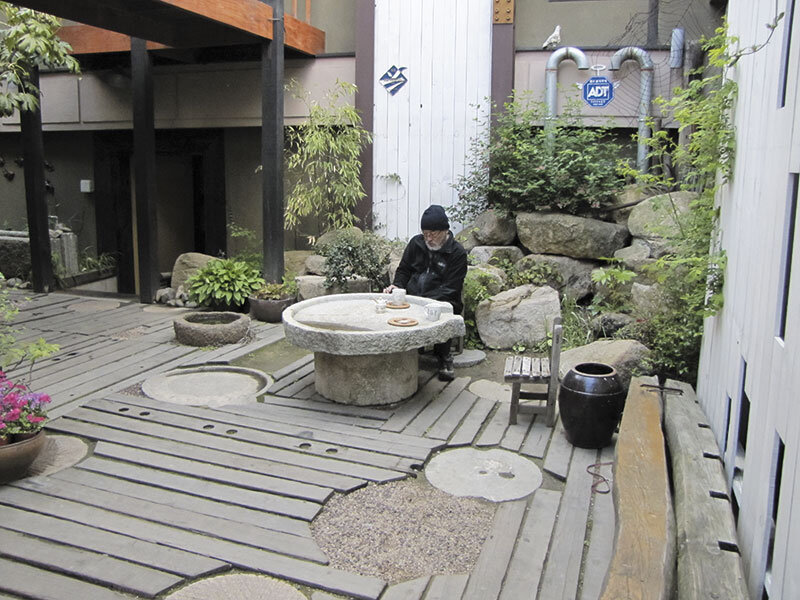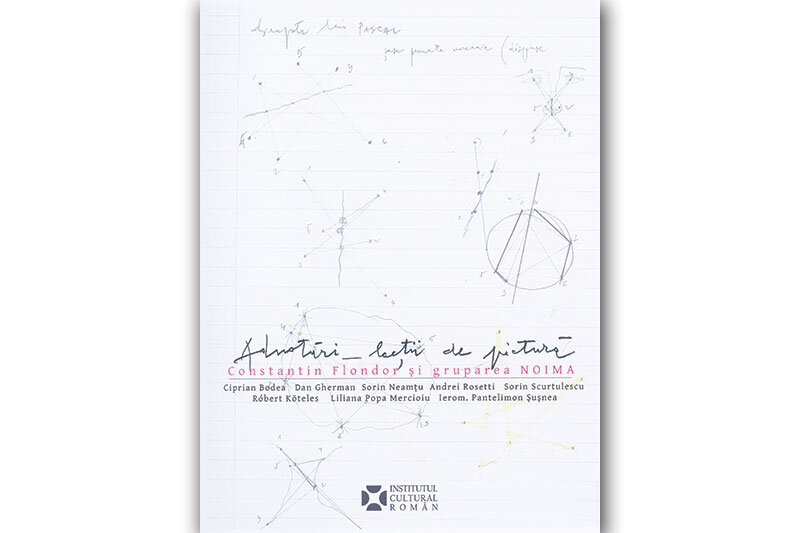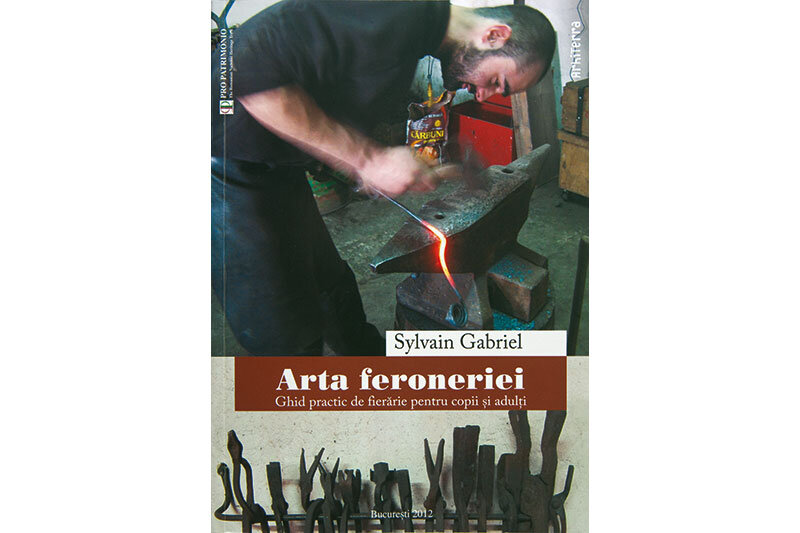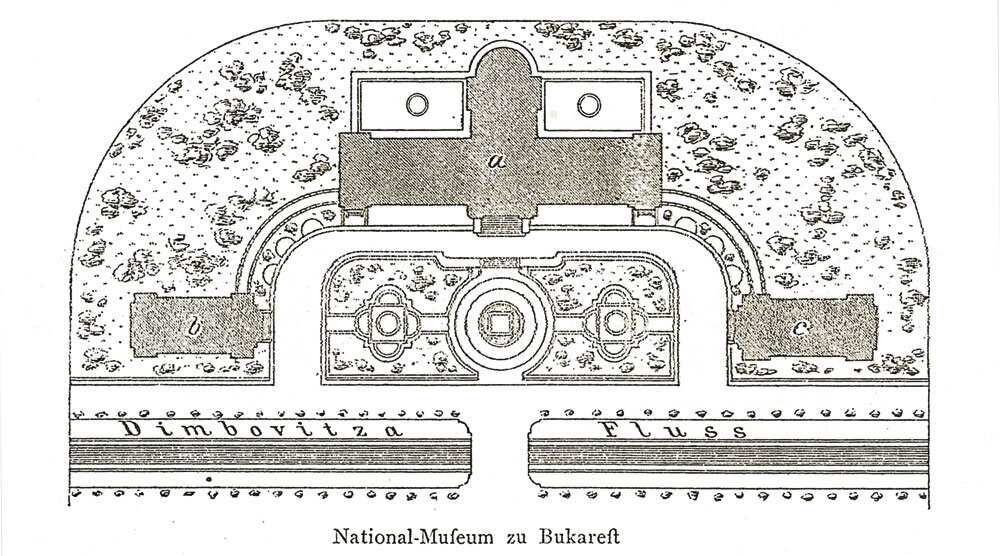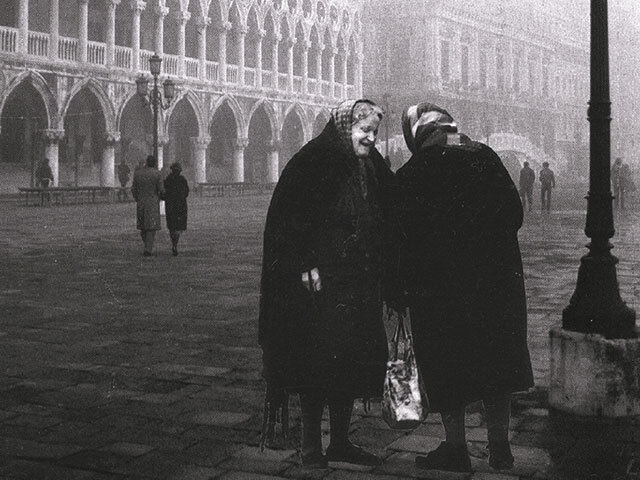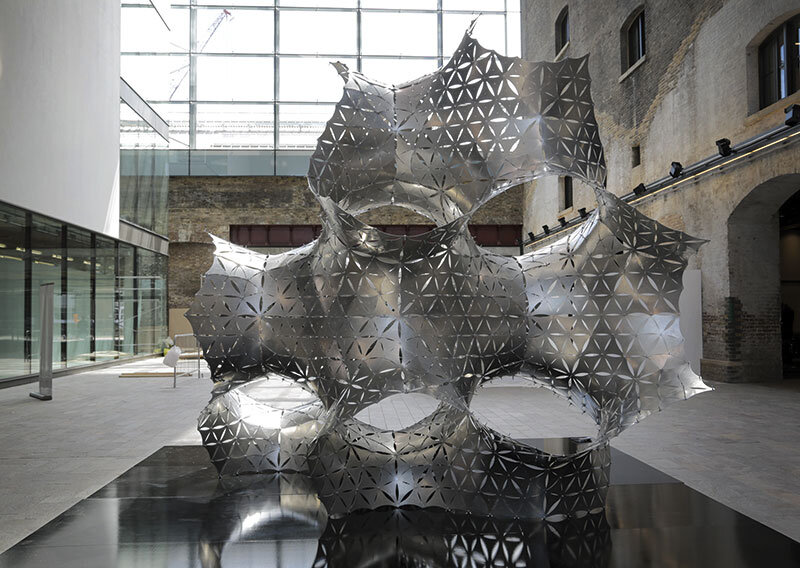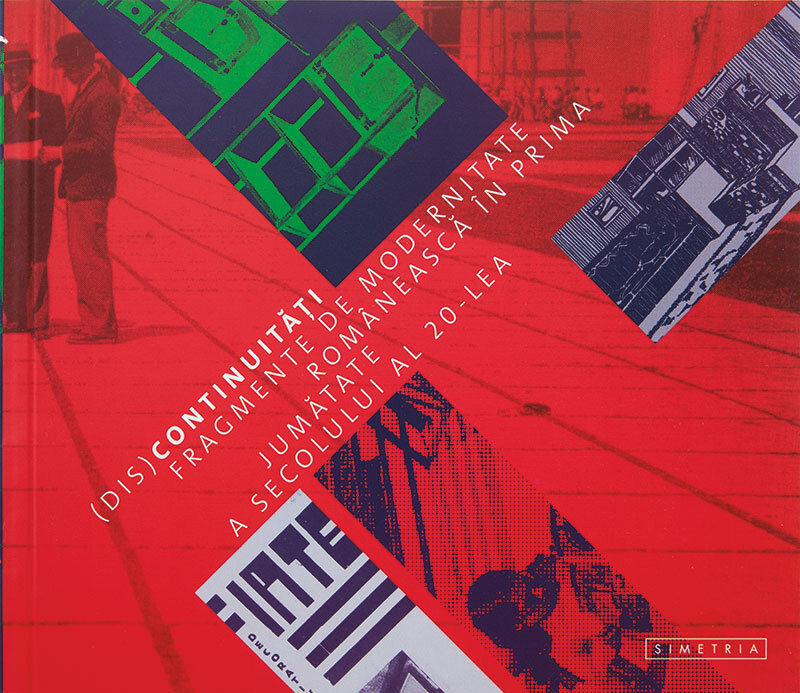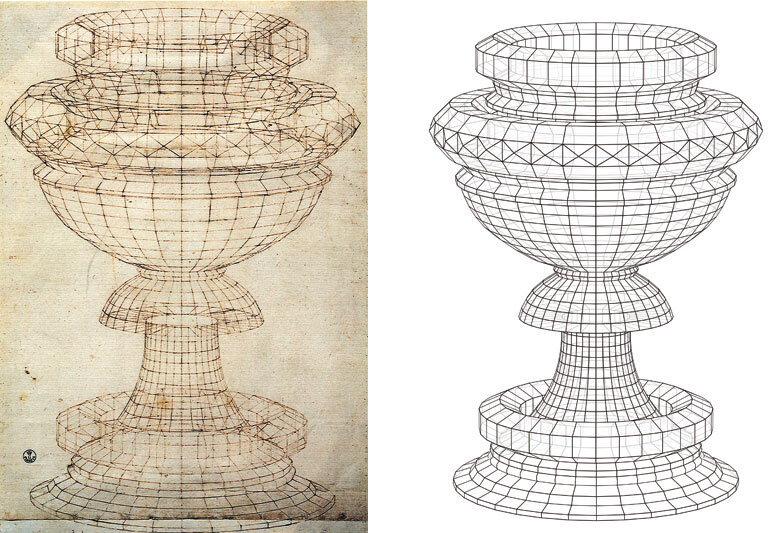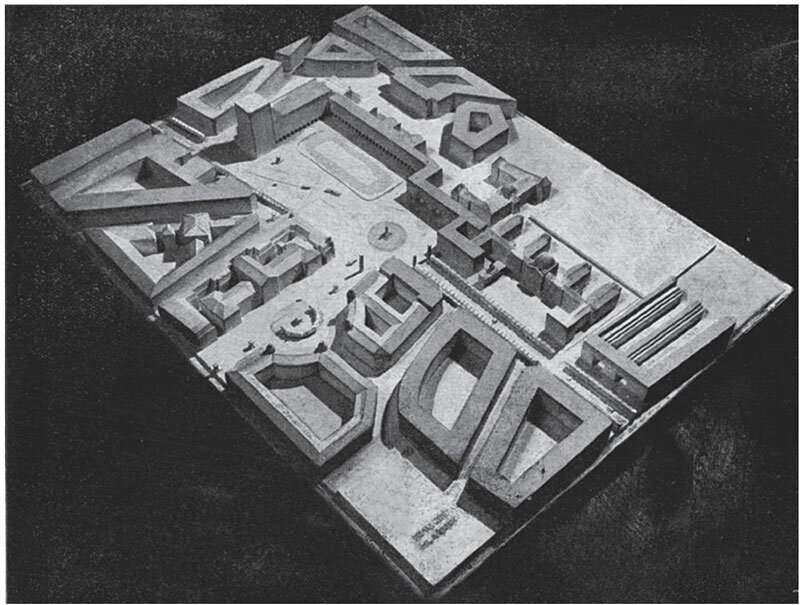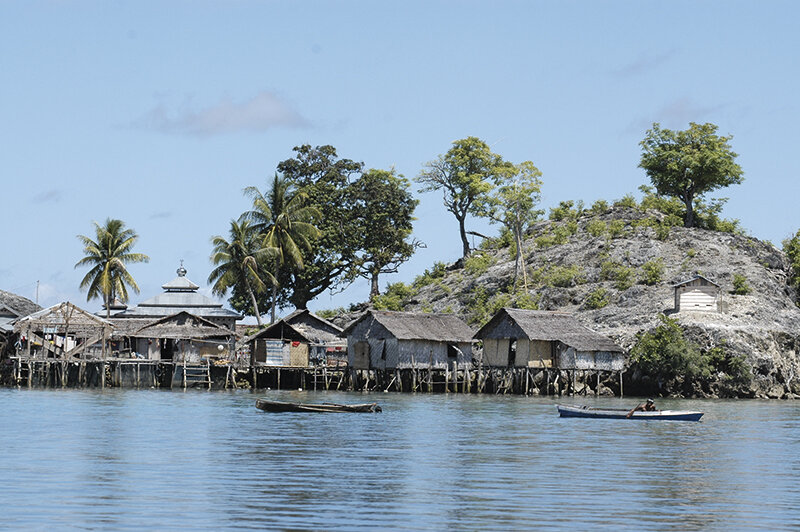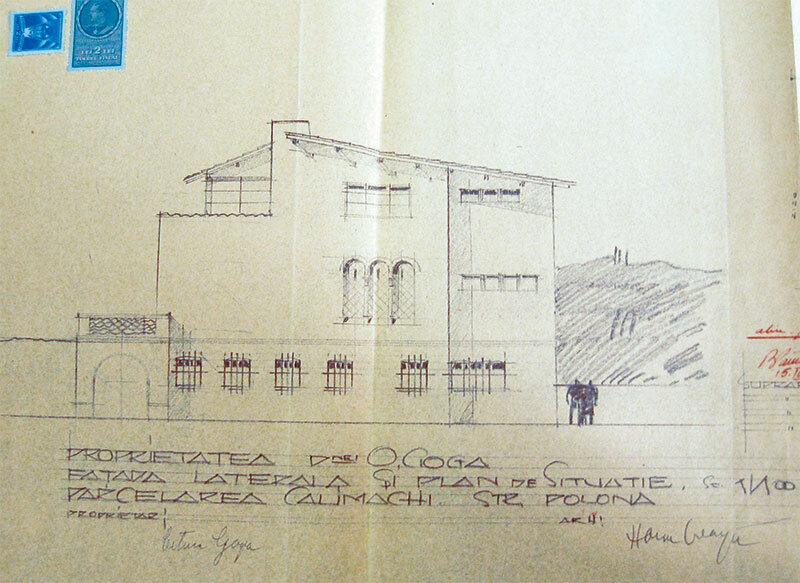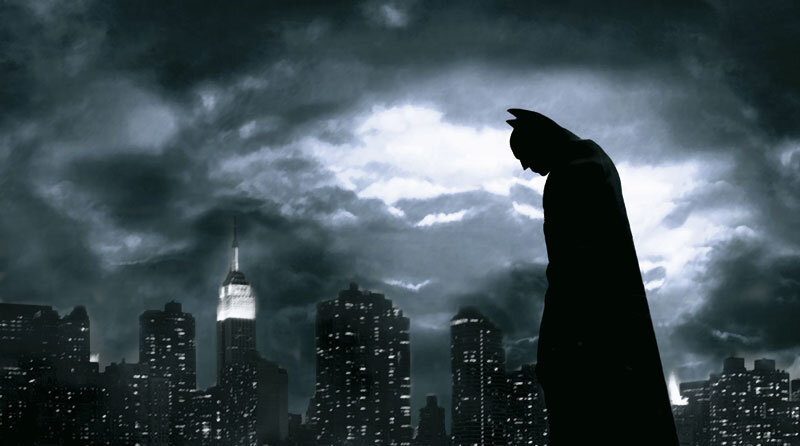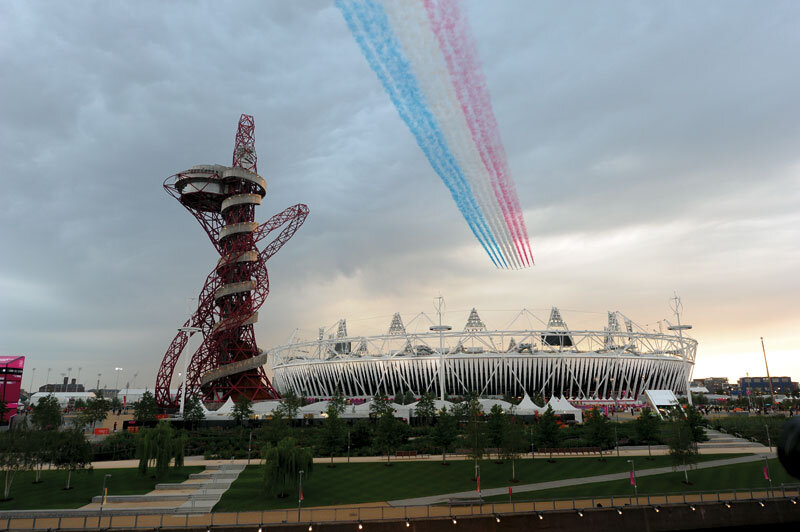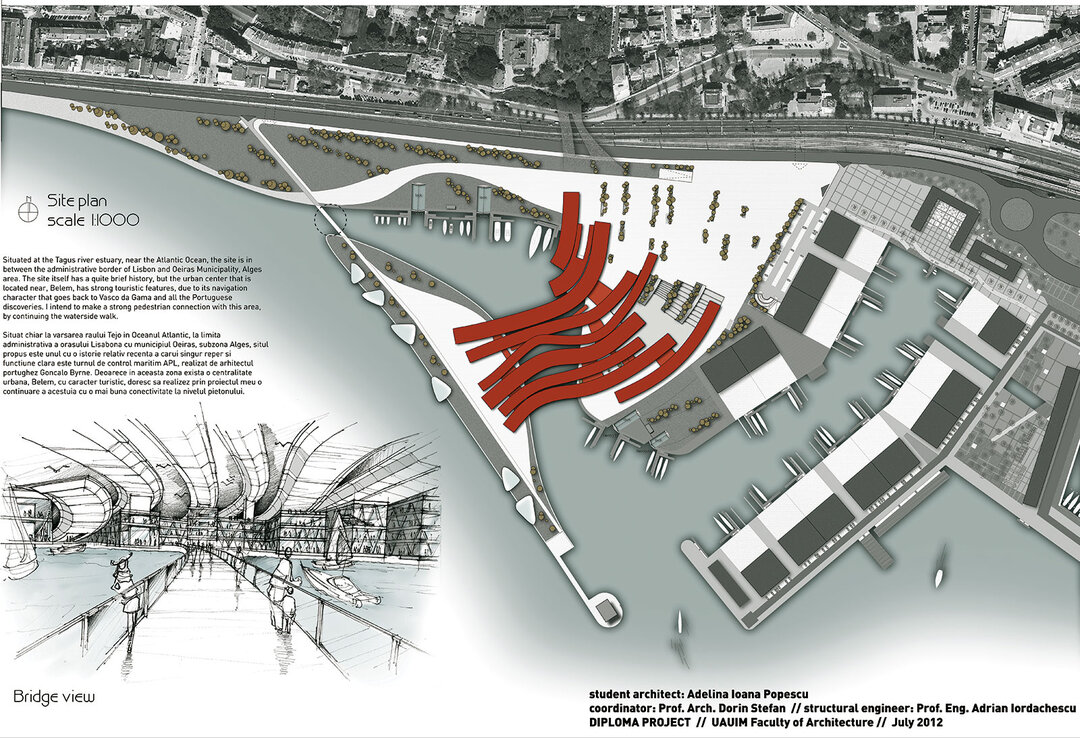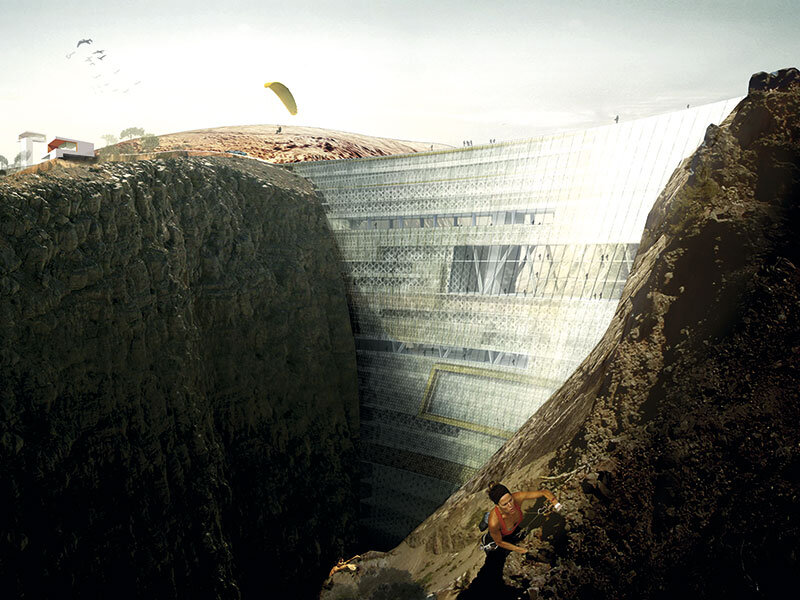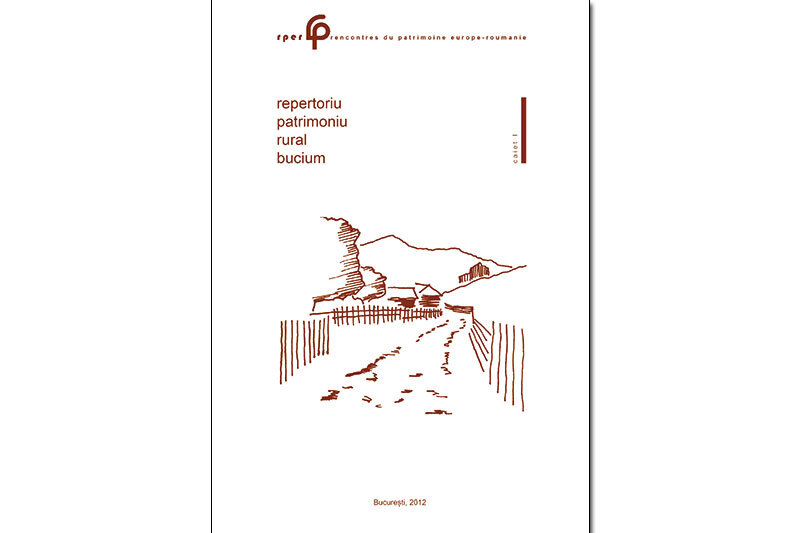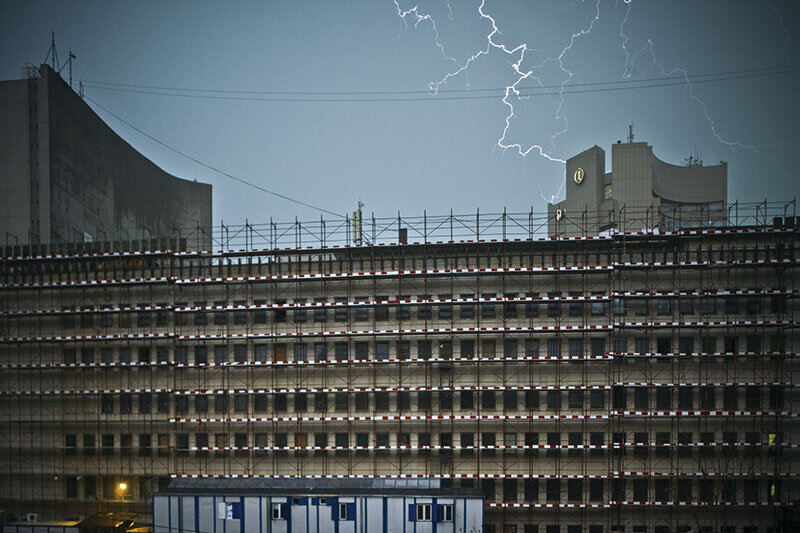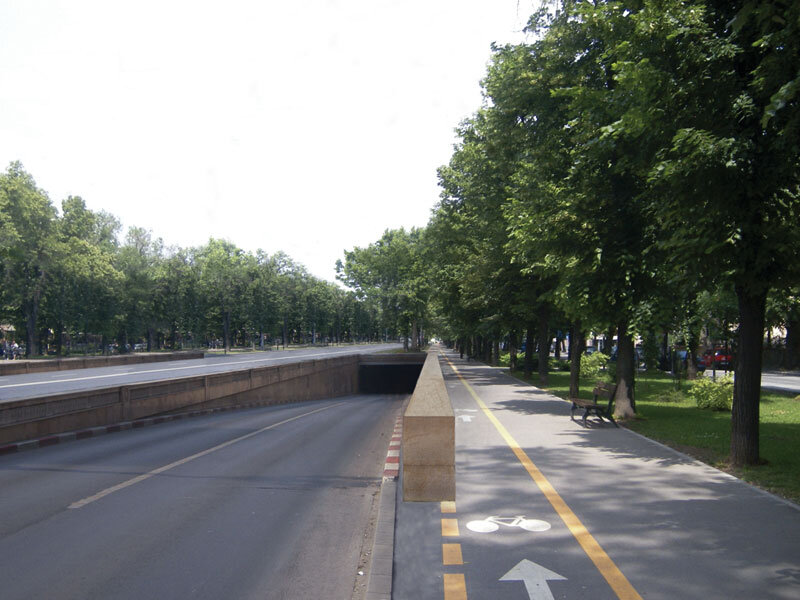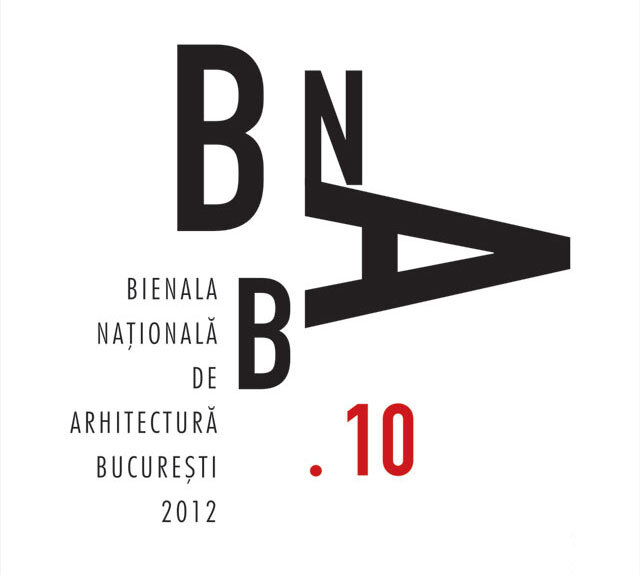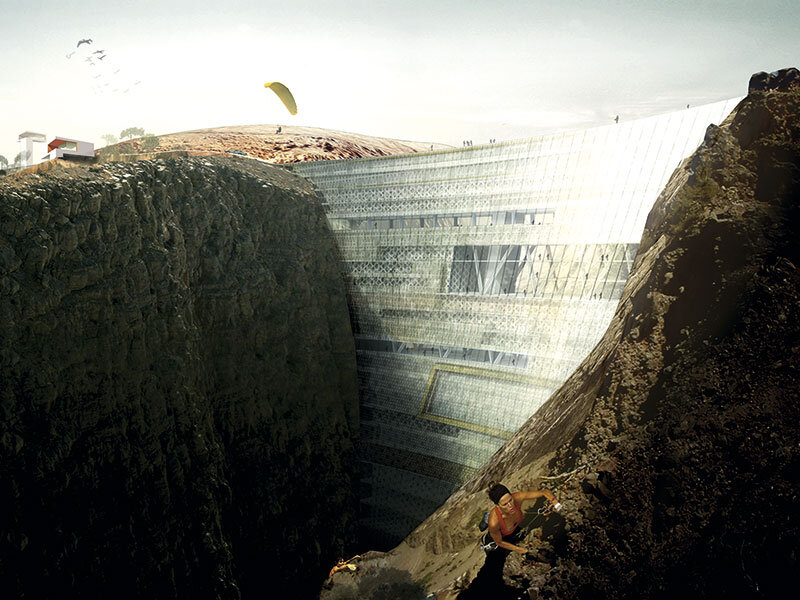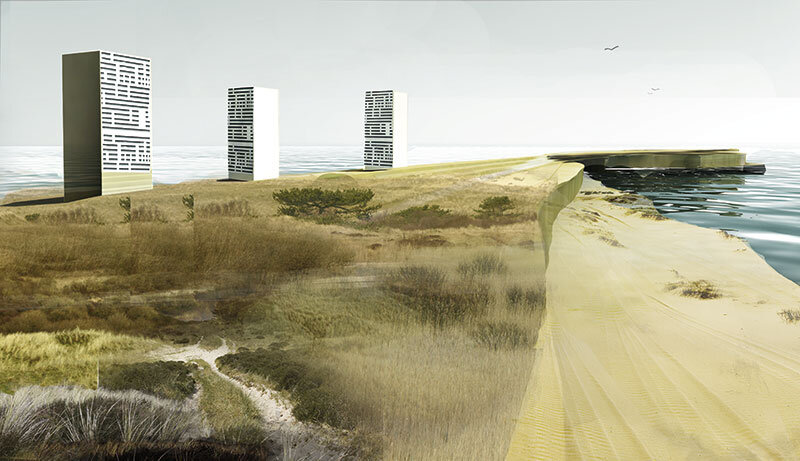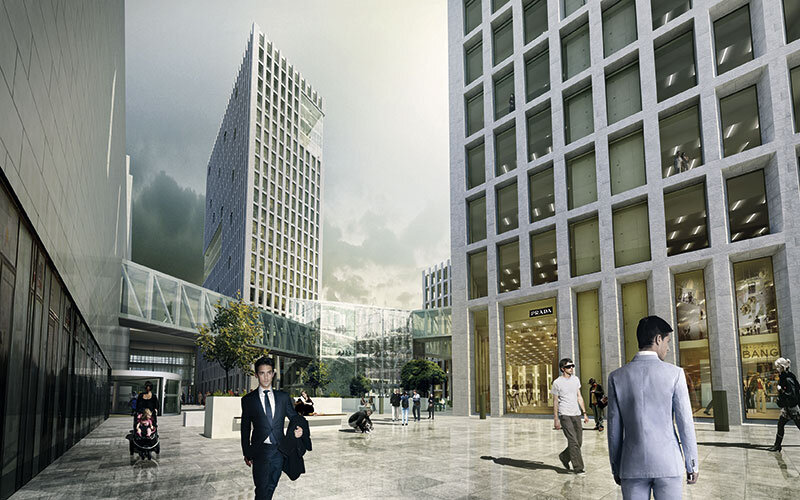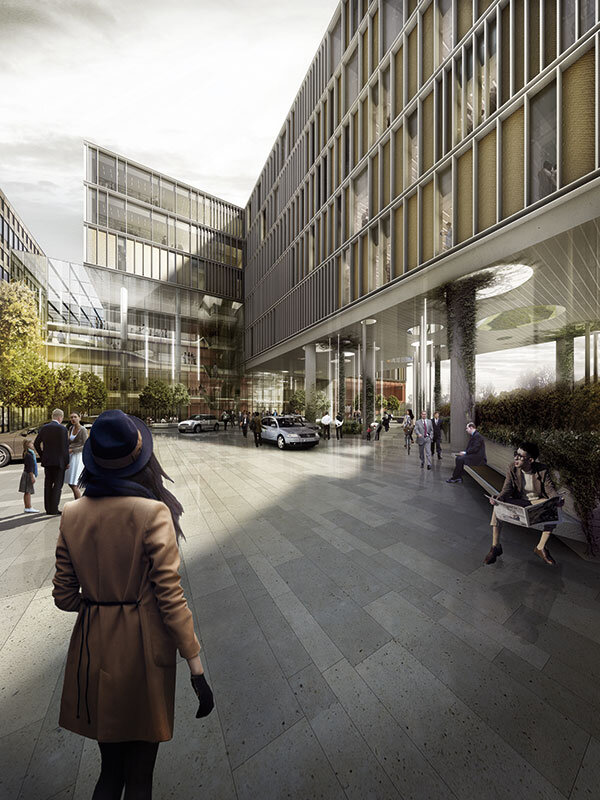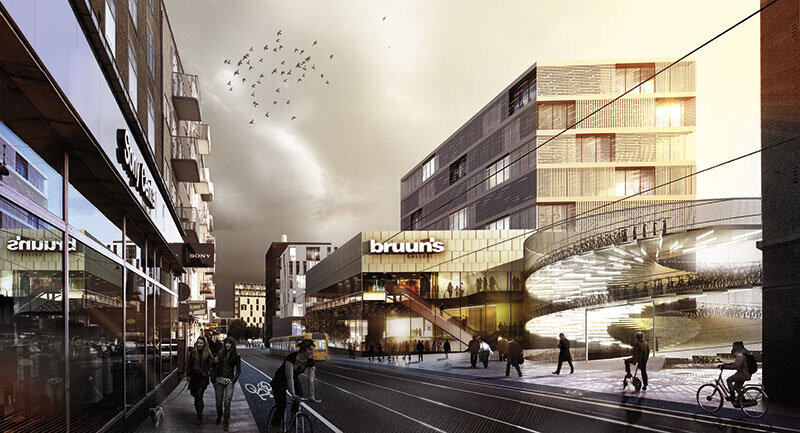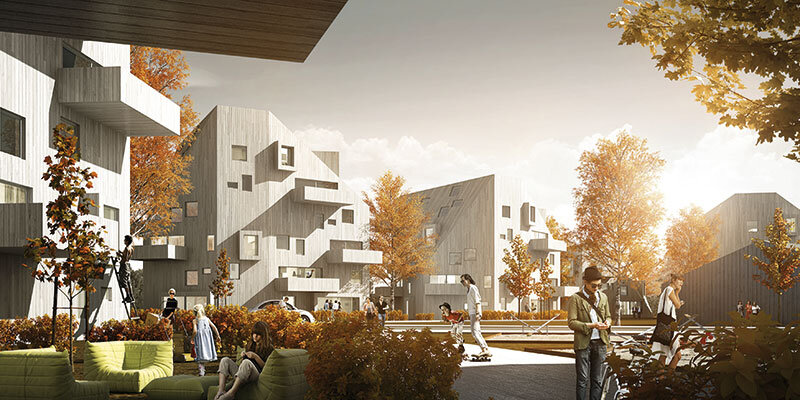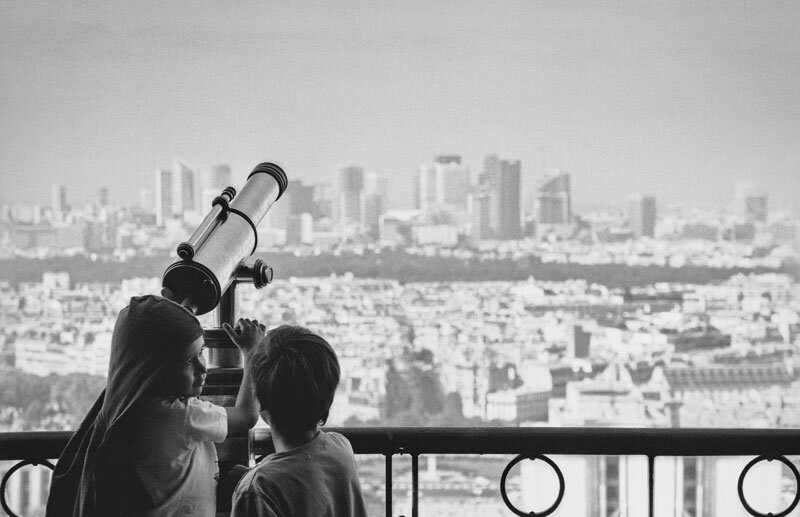
Tegmark. Image and other stories
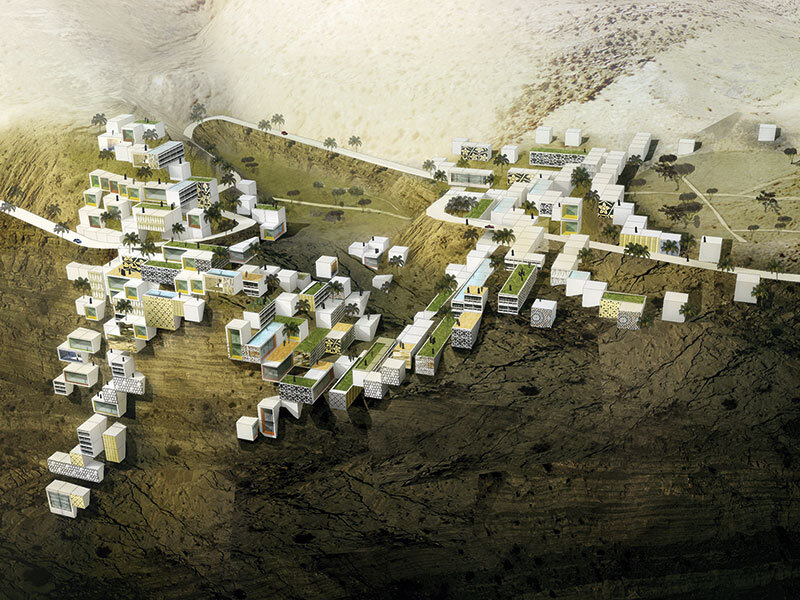
| In the formula Tegmark - architectural visualization studio, we came together almost a year ago, and I think it was the most natural move, in the context that for a very long time we have - each of us separately and sometimes together - a constant preoccupation with working with image, complementary to architecture.I would speculate that the most important stage in the studio's evolution has been, paradoxically, the last three to four years before the studio was founded, which have been very full of activity, experiments and contacts for each of us, both in the country and in various corners of the world.As a consequence, although our interest in the image binds us, what defines us as a group is the fact that we are all involved in other activities in parallel with Tegmark. Architectural competitions, doctoral research or humanitarian projects, these add up to a burdensome baggage that surely it would have been easier to each of us to discard when we set up the studio and saw that it was functional and consistent. But that didn't happen, so we take the interference and try to turn the problem into an advantage through dual positioning. On the one hand we are the office providing a highly specialized service and we understand to do it in such a way that we provide certainty for our clients; they come mainly from Western Europe and Scandinavia, at least for now, so they are used to a quality and rigor that we have had the chance to know from the inside and to which we are obliged to align ourselves. On the other hand, we like to present ourselves as a group that is interdisciplinary-oriented and open to experimentation outside our core field. We are interested in and try collaborations in scenography, photography, various forms of contemporary art or advertising and branding, and some of us are very passionate about long journeys to far away places and humanitarian actions. Therefore, it becomes obvious that the challenge for us today is to find the formula whereby all these interferences do not confuse us, but on the contrary bring more creativity and freshness to our approach to architectural imagery. *** The dialog that follows is not a real interview; we raised the questions ourselves, like balls in a net, in order to be able to touch both the representative details and our own concerns. We preferred this structure because the homogeneity of a cursive presentation text does not characterize us at all. Tegmark does not function as a homogeneous structure, but as a collage (read conflict, sometimes) of individualities. We have tried to group the topics of discussion into three areas: background, activity and worries. *** The team currently counts seven architects; from the list below, only the first five participated in the conversation: - Tudor Vlăsceanu; - Dan Popescu; - Ștefan Nedelcu; - Gheorghe Bratu; - Sebi Lupea; - Alecu Tudose; - Florin Cobuz. |
| TEGMARK - the architectural visualization studio - was born about a year ago as a natural extension of our constant interest in both architecture and computer generated imagery. Oddly enough, one could say that the most important phase in the studio's evolution were the last few years prior to its beginning, rich in experiments, work experience and valuable personal contacts, both locally and abroad.As a consequence, even nowadays the thing that actually connects us as a group, beyond the interest in producing architectural imagery, is the fact that we are all involved in other activities alongside Tegmark. Architectural competitions, doctoral research or even humanitarian actions certainly become time and energy consuming, so we chose a particular market positioning in order to turn this issue into an advantage. On the one hand we are the studio that provides a highly specialized product at very professional standards, which are the norm for the kind of offices that contact us - mainly from Western Europe and the Scandinavian Countries. On the other hand, we like to promote ourselves as a collaborative project that support a community of emerging talents in various fields related to architecture: arts, film, new media and social sciences. Therefore, the most important thing for us now is to integrate this background in order to level up our creativity and boost our fresh point of view in the architectural imagery. The interdisciplinary approach is certainly the next step in this field, since we try to reach beyond the conventional representation, photorealistic and predictable.If we are to offer an explanation for our chosen name, it has been borrowed from the Swedish physicist Max Tegmark whose works circle in the area of parallel universes, multi-verses and the limits of the infinite. In the same way, our studio represents for us our alternate reality where imagery becomes the unit of measurement and we are freed from the real architectural design limitations. I would say that Tegmark is the vehicle we use in order to travel beyond "the limits" of architecture. In a simplistic way, our work can be reduced to translating project data into accurate illustrations by means of technology and superior techniques. Just as in painting or art photography we filter everything through our own subjectivity in order to generate a sensible alternative to the objective reality. We are interested in the psychological dimension of architecture and architectural imagery. Gestures, lines, proportions and colors, all of them trigger emotions and submit hidden messages. The same way we try to visualize built projects being inhabited, we like to imagine people's reaction in front of our images. In the end, we are not afraid to question the authenticity of our work in the nowadays visually over saturated context. We have reached the stage where image overlaps reality to the point of intermingling and substitution, as predicted by past century philosophers. We, the illusion marketers, actively take part in perpetuating Baudrillard's hyper reality by using the means of seduction in order to achieve economical and political goals. But this does not mean we have to give up being critical even to our own field of work. |
Read the full text in Arhitectura 4/2012.

